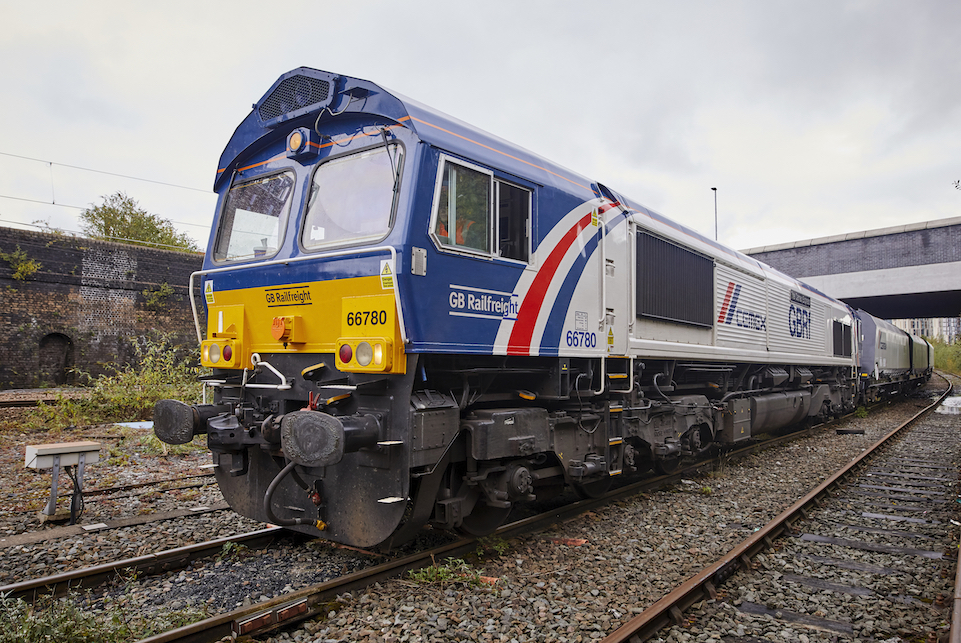The Kincardine Railway has been dormant for more than five years. However, a proposed aggregates terminal would bring regular rail freight traffic back to this mothballed line in Scotland. The dormant railway line in Kincardine could be revived if Tillicoultry Quarries has its plans accepted. The company intends to transform the former Longannet Power Station site into an aggregates terminal. Regular rail freight traffic would benefit the transportation infrastructure and avoid heavy goods vehicle (HGV) traffic on local roads.
The locally-based quarry firm initially made its proposals over a year ago. Tillicoultry Quarries plan to construct an aggregate storage building and associated infrastructure to facilitate the transport of stone via rail. After discussions with environmental agencies and planning authorities highlighted the need for further assessment of potential flood risks, the previous application was withdrawn.
Merry-go-round of coal trains
Tillicoultry Quarries say that they have addressed environmental concerns. Their new assessment shows that the proposed development would have negligible impact on the flood risk area and that no compensatory storage is required. The line was originally built to serve several rural communities along the north bank of the River Forth. Ironically, given the present-day environmental concerns, in the last half of the twentieth century, the only regular traffic was a constant merry-go-round of coal trains to Europe’s biggest coal-fired power station.
The proposed development will utilise the northern edge of the former power station site adjacent to currently unused rail sidings. These sidings will be repurposed for loading aggregates onto trains for distribution, significantly reducing the number of heavy goods vehicles (HGVs) that may be introduced to local roads. The expected volume of rail traffic is between one to two trains per week. Tillicoultry Quarries say that represents an annual movement of 94,000 to 180,000 tonnes of material. The frequency could grow if demand warrants.
Benefit the local economy
Tillicoultry Quarries was established in 1931 and now operates from over thirty sites around Scotland and England. The company supplies a range of construction materials, including aggregates, concrete, mortar, render, gravel, asphalt, and sand. They expect the market for their products to continue to grow, given Britain’s continuing construction boom. The Longannet site, which has been largely vacant since the power station was demolished in the past decade, has only seen intermittent use by the Scottish Fire and Rescue Service for training purposes.

The revival of the rail terminal is seen as a significant advantage for the local economy and the environment, claim Tillicoultry Quarries. They say that bringing this part of the site back into working use, including the rail sidings, will benefit the area and local economy whilst also cutting vehicle emissions currently associated with the transportation of aggregates. The railway line may also see longer-term revival, serving the Forth Green Freeport complex, which the Scottish Government mandated last year.
Past plans and future hopes
The demolition of the power station has left the rail infrastructure and the line without any regular traffic. The rails have been kept from rusting over by occasional engineering trains, freight diversions and charter tour traffic. Previous interest was shown by the Spanish train manufacturer Talgo.
Talgo had hoped to establish an assembly plant on the site contingent upon securing orders for the British HS2 high-speed rail project. The site was subsequently purchased by Tillicoultry Quarries in 2021. The reintroduction of freight services also raises prospects for future passenger services, potentially enhancing connectivity between Stirlingshire, Kincardineshire, and Fife.
